Leaching Vegetables
Some foods that you really want to eat are high potassium foods. And it's hard to not be able to eat them if you have chronic kidney disease (CKD) because they are potassium rich foods. You can do several things to lower the amount of potassium and help you in your quest to achieve a low potassium diet.
Learning how to leach potassium out of vegetables to reduce the amount of potassium is a basic skill that is very important to you when cooking for a renal diet. You will need more potassium restriction as your kidney failure worsens, and while on dialysis.
So, being able to still eat some of the high potassium foods by leaching vegetables will enable you to continue to have some variety in your diet.
It's as simple as peel, slice, soak and rinse. You'll be able to enjoy dietary variety while managing your kidney health.
Let's dive into the art of leaching vegetables - it's easier than you think!
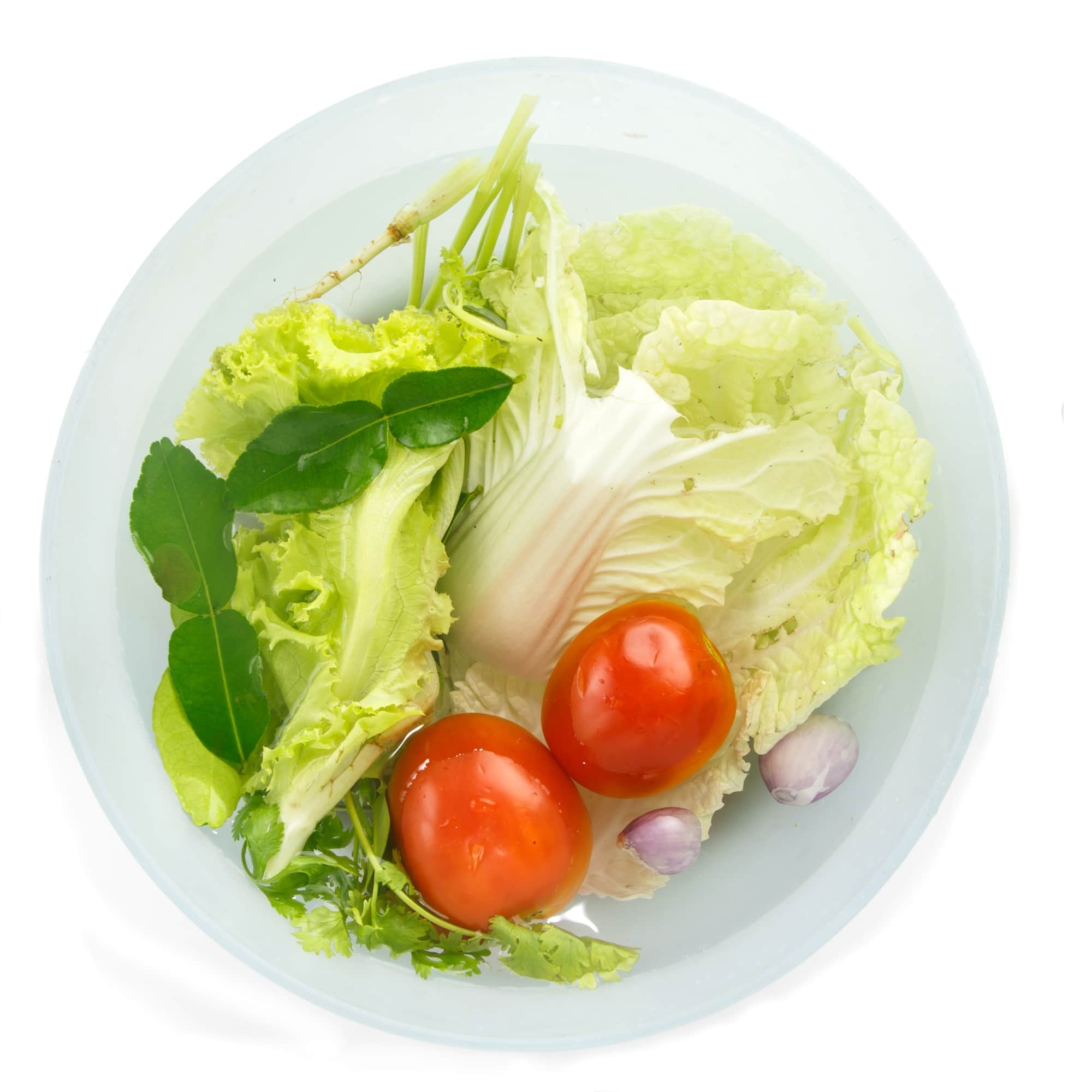
Jump to:
- Key Takeaways
- What is Leaching?
- Importance of Leaching Potassium Out of Vegetables
- Leaching Process for Potatoes, Sweet Potatoes, Carrots, Beets, and Rutabagas
- Cooking Ratio for Leached Vegetables
- Leaching Process for Squash, Mushrooms, Cauliflower, and Frozen Greens
- Benefits of Leaching Vegetables
- Peeling and Slicing the Vegetables
- Soaking to Prevent Browning
- Rinsing and Changing Water for Longer Soaking
- Thawing and Draining Frozen Vegetables
- Frequently Asked Questions
- Leaching Gives You A Chance To Enjoy Some High Potassium Vegetables
Key Takeaways
- Leaching vegetables reduces potassium content to 25-50% of the original value, making them suitable for a low-potassium diet.
- The leaching process involves soaking vegetables in cold water for a minimum of 2 hours, changing the water if soaked longer.
- Leaching allows for a variety of high-potassium vegetables like potatoes, sweet potatoes, carrots, beets, and rutabagas to be included in a renal diet.
- Incorporating leached vegetables into cooking routines provides options for individuals on a low-potassium diet without the need for special foods.
For More Recipes and Ideas --->> Get Your Free Meals and Recipes That Are Perfect for Pre-Dialysis Diets, Pre-Dialysis with Diabetes, or Dialysis Diets.
What is Leaching?
Leaching is the process of removing potassium out of vegetables by soaking and other means so that the vegetable releases some of its potassium instead of ingesting it.
Learning how to leach potassium out of vegetables is a valuable practice for people on a kidney diet to allow for continued variety of foods.
Ideally, if you have CKD, dietary potassium intake must be closely watched, and as much as possible, only low-potassium foods must be consumed.
But with leaching you have the chance to reduce the levels of potassium in vegetables to 25-50% of the original value. The longer you soak them, the warmer the water, and the smaller the pieces make the difference.
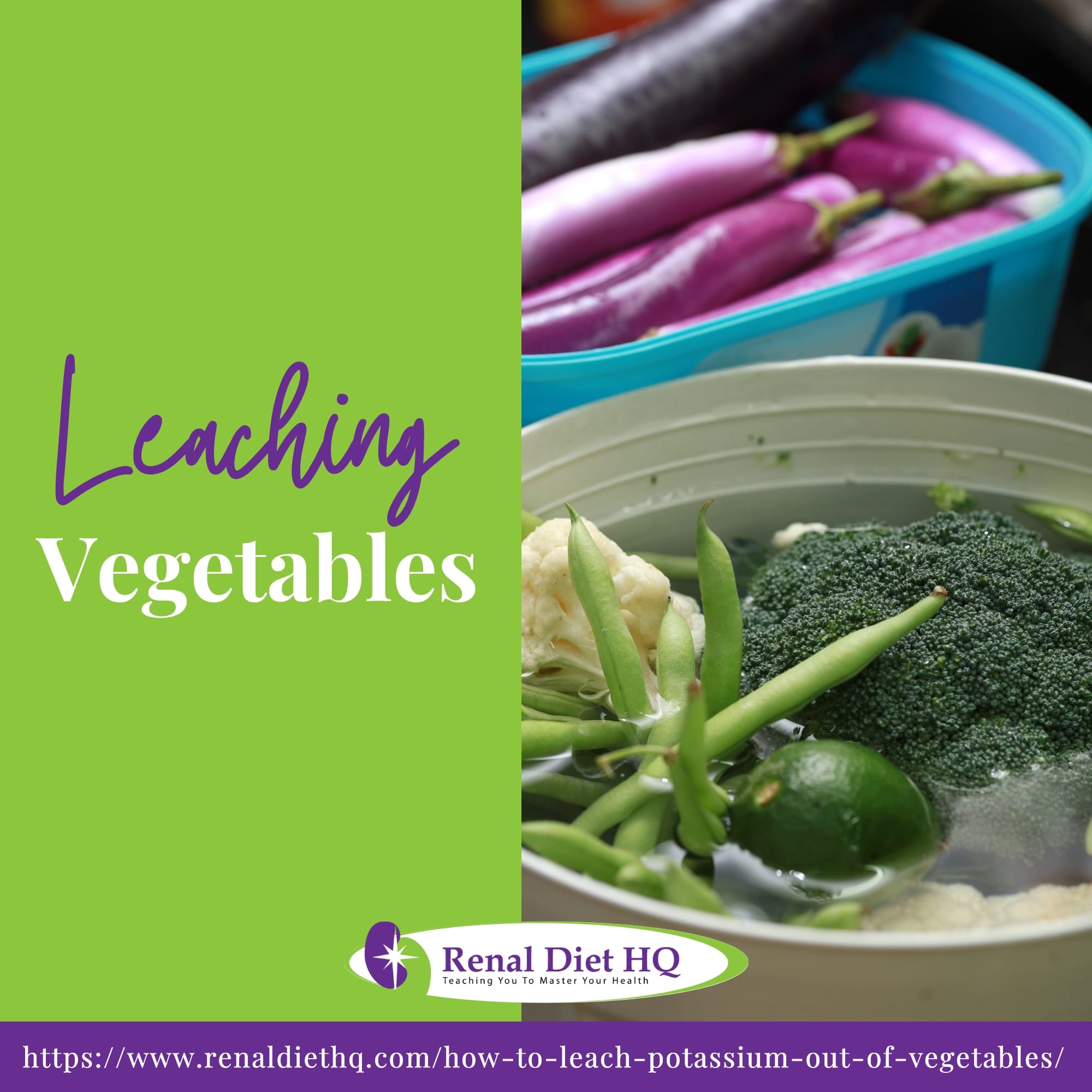
Importance of Leaching Potassium Out of Vegetables
Leaching potassium out of vegetables holds significant importance for individuals with kidney issues, particularly those following a renal diet.
Kidneys play a vital role in regulating potassium levels in the body, but in cases of kidney dysfunction, the ability to effectively process excess potassium is compromised.
This can lead to dangerous conditions like hyperkalemia, where elevated potassium levels pose risks for heart attack, heart rhythm disturbance which can lead to irregular pulse and cardiac arrest.
Leaching, a culinary technique, involves soaking vegetables in water to reduce their potassium content. This process is especially beneficial for vegetables that are naturally high in potassium, such as potatoes and sweet potatoes.
By soaking these vegetables, potassium leaches into the water, resulting in lower potassium levels in the final dish. This allows individuals with kidney problems to have enough fiber intake with nutrient-rich vegetables while minimizing the risk of potassium overload.
For those on a renal diet, leaching helps maintain a balance between necessary nutrient intake and potassium restriction, contributing to overall kidney health and reducing the likelihood of complications associated with excessive potassium consumption.
Leaching Process for Potatoes, Sweet Potatoes, Carrots, Beets, and Rutabagas
High potassium foods need to be prepared for eating by leaching the potassium out of them for a period of time. This usually takes about 2-4 hours.
| Vegetable | Soaking Time |
| Potatoes | 2-4 hours |
| Carrots | 2-3 hours |
| Beets | 1-3 hours |
Potatoes, sweet potatoes, carrots, beets and rutabagas require the following process:
- Prepare a pot with cold water that is large enough to hold the amount of vegetables you are preparing.
- Peel the vegetable and slice it about ⅛ inch thick (or as thin as you can), place the slices in the cold water to prevent them from turning brown
- Once you have peeled all the vegetables, empty the pot, and rinse the vegetables in warm water. Then fill the pot back up - using about 10 times the amount of water to the amount of vegetables. If you have 1 cup of potatoes, add 10 cups of water.
- Cover the pot and let it soak for a minimum of 2 hours. If you soak them for longer, change the water about every 3-4 hours.
- Once you have allowed them to soak for the time allotted, you should pour out the water and rinse the vegetables again.
- Cook the vegetable using a ratio of 5:1 for water to vegetables. Again, if you have 1 cup of potatoes, cook them in 5 cups of water. If you only plan to cook a ½-cup portion, then 2.5 cups of water is enough.
These processes not only aid in potassium reduction but also maintain the nutritional benefits of these veggies. Leached vegetables offer variety to your meals without compromising dietary restrictions like a low-potassium diet.
Cooking Ratio for Leached Vegetables
It's important to remember the 5:1 water to food ratio when cooking your favorite dishes after they've been soaked. This is a crucial step in your cooking techniques, especially for leached vegetables. You're not just adding water, you're setting the stage for flavor combinations that will make your meals both tasty and health-conscious.
The nutritional benefits of this method are numerous. By following this ratio, you ensure that the potassium level in these vegetables is significantly reduced without losing their essential nutrients. It's an alternative method that proves especially beneficial if you're serving a loved one on a low potassium or renal diet.
Now, let's talk about time-saving tips. If you're planning ahead, soak your veggies overnight, changing the water every four hours if possible. But even a two-hour soak can offer significant potassium reduction.
Remember to rinse leached high potassium vegetables thoroughly before tossing them into your pot with fresh water at our recommended 5:1 ratio. Then cook as usual and enjoy! Not only have you mastered a new technique but also served up some good health in each flavorful bite.
Leaching Process for Squash, Mushrooms, Cauliflower, and Frozen Greens
Handling squash (such as butternut squash or hubbard squash), white mushrooms, cauliflower, or even frozen greens for a low-potassium meal doesn't have to be tricky. With proper thawing techniques and soaking time, you can significantly reduce their potassium content while ensuring they remain flavorful and nutrient-rich.
You should do a slightly different process when leaching these vegetables - follow this process:
- Thaw the frozen vegetables to room temperature and drain the excess water.
- Rinse the vegetables in warm water. Then fill a pot up - using about 10 times the amount of water to the amount of vegetables.
- Cover the pot and let it soak for a minimum of 2 hours. If you soak them for longer, change the water about every 3-4 hours.
- Once you have allowed them to soak for the time allotted, you should pour out the water and rinse the vegetables again.
- Cook the vegetable using a ratio of 5:1 for water to vegetables. Enjoy them.
As for cooking methods, steaming or sautéing preserves most of the nutritional benefits without adding any additional potassium.
Finally, let's talk about recipe ideas! These low-potassium ingredients can be used in a variety of ways. Whip up a creamy mushroom soup or roast some cauliflower florets with herbs for a tasty side dish.
You can also serve them as stir-fried mixed vegetables paired with baked beans or bread products and a small portion of cooked meat. Squash can be pureed into soups or cubed and roasted as part of a hearty salad.
Benefits of Leaching Vegetables
You'll find that removing potassium from your favorite high-potassium foods adds a lot of variety to your diet!
This is especially important if you're maintaining a low potassium or renal diet. Leaching of vegetables, the process of soaking vegetables in water to remove potassium, can be incorporated into your normal cooking routine without much hassle.
| Benefits | Application | Impact |
| Adds variety to diet | Can use a wider range of vegetables | Improved meal satisfaction |
| Maintains low potassium levels | Essential for kidney health | Reduced strain on kidneys |
| Incorporates favorite foods | No need to eliminate loved veggies completely | Enhanced morale and adherence |
The health benefits are immense: You're not only ensuring the longevity of your kidneys but also adding color and taste back into your meals - something that's often missed when following strict dietary guidelines.
It's simple enough for anyone to do, yet makes a huge difference in health outcomes. So next time you're preparing dinner, consider leaching of vegetables to keep your blood potassium levels in check. Remember, it's not just about serving food; it's about serving others with love through healthy choices and variety in cooking.
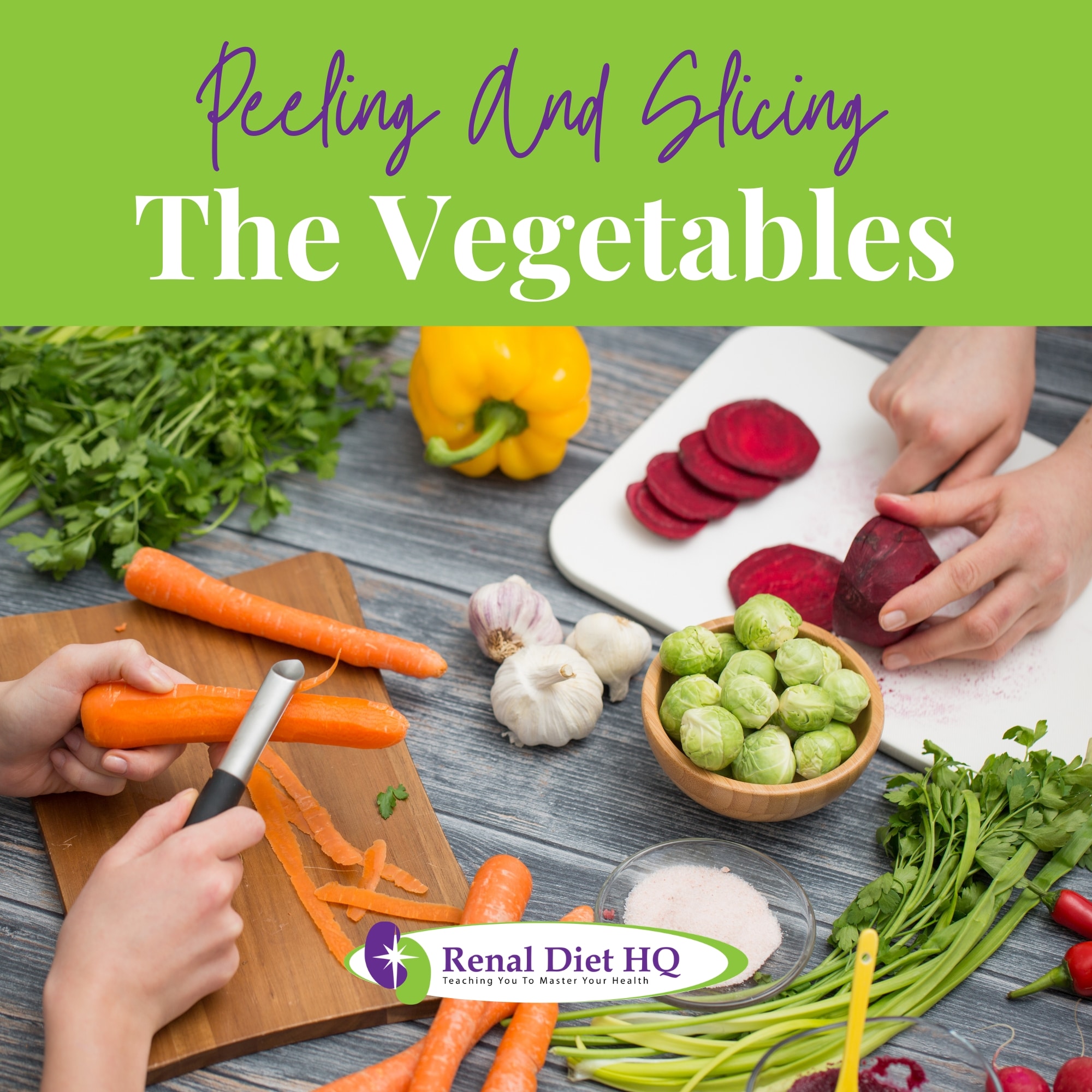
Peeling and Slicing the Vegetables
It's crucial to peel and slice your high-potassium foods properly to maximize the surface area to enhance extent of solute leaching.
Your peeling technique matters; choose a sharp, comfortable peeler and remove all skin from the vegetable. Not only does this step aid in reducing potassium, it also ensures smooth cooking.
Next, focus on slicing methods. Aim for thin, consistent slices which allow maximum exposure to water during soaking time. The more contact with water, the more potassium is leached out of your vegetables.
Now you've got your peeled and sliced veggies ready for their soak, but don't forget about browning prevention. To avoid oxidation that leads to browning - especially important when preparing potatoes or apples - immerse them immediately in cold water after slicing.
The final step before leaching is determining an optimal soaking time. Generally, a minimum of two hours in cold water is recommended, but longer can be beneficial depending on the vegetable type.
Remember that mastering these steps of vegetable preparation isn't just about cooking well—it's about providing healthier meal options for those you care about most. So keep practicing these techniques until they become second nature!
Soaking to Prevent Browning
Now that you've prepared your vegetables by peeling and slicing, let's move on to the next step: preventing discoloration. This process is crucial in maintaining the aesthetic appeal of your veggies while also impacting nutrient content.
- Cold Water Soak: Immediately after slicing your vegetables, immerse them in cold water. This simple act helps prevent enzymes from interacting with air, which causes browning or discoloration.
- Alternative Soaking Methods: Consider using a solution of water and lemon juice for more sensitive vegetables like potatoes or apples. The citric acid acts as an antioxidant, further preventing discoloration.
- Soaking Duration: For leafy greens, a brief rinse may suffice but for root vegetables, a longer soak is beneficial - at least two hours.
Remember, this leaching process not only maintains color but also reduces their potassium content significantly, which can be critical for those managing kidney issues or other health conditions requiring lower potassium intake.
So your mission now is to keep these steps handy when working with vegetables next time. It's all about serving wholesome meals that look good and do good too!
Rinsing and Changing Water for Longer Soaking
You're on the right track with your process, but don't forget to rinse and change the water during long soaking periods for optimal results. The rinsing process helps to remove excess potassium from the surface of your vegetables. Plus, it's a necessary step for any health-conscious cook who values serving others nutrient-rich meals.
Now, let's talk about the benefits of longer soaking. It isn't just about time—it's about effectiveness. By allowing your vegetable slices to soak for at least two hours, you'll maximize the leaching of potassium.
But remember, if you're soaking beyond that minimum time required for soaking, water changes are key to maintaining that effectiveness. Leaving veggies in stagnant water can halt the potassium reduction process—so don't be shy about switching it out!
This might seem like extra work, but consider the impact on potassium levels.
Thawing and Draining Frozen Vegetables
Before starting the rinsing and soaking process, remember to thoroughly thaw your frozen greens and drain any excess water. Sounds daunting? Don't worry, it's simpler than you think!
Optimal thawing techniques involve leaving your veggies out at room temperature or using your microwave's defrost function. Just ensure all ice crystals have disappeared before moving onto the next step.
Once completely thawed, it's crucial to rid those greens of excess moisture. Draining methods can be as straightforward as gently squeezing out water or letting them sit in a colander till they're well-drained. Remember, too much water will dilute flavor during cooking.
After draining, rinse with warm water; not hot nor cold. Water temperature matters because warmer water aids in opening pores of the vegetables for better leaching. Then comes soaking time; aim for a minimum of two hours to effectively reduce potassium levels.
Finally, when it comes to cooking techniques, steam rather than boil to retain maximum nutrients. If boiling of vegetables must be done, maintain a ratio of 5 parts water to 1 part vegetable for ideal results.
Now that you've mastered these steps, you're ready to prepare healthy meals with less potassium - an essential skill if serving kidney patients or those on restrictive diets.
Frequently Asked Questions
While leaching vegetables is an effective method to reduce potassium content, consuming the water used for leaching may not be advisable for individuals with kidney issues. The leaching process results in the transfer of potassium from the vegetables to the water. Although the potassium levels in the water are reduced, they are not eliminated entirely.
For those following a renal diet, it's recommended to discard the leaching water to minimize potassium intake. Consulting a healthcare professional or dietitian is essential for personalized guidance on managing potassium levels and dietary restrictions for optimal kidney health.
Leaching can be effective in reducing the content of certain minerals, including potassium, from vegetables. The process involves soaking vegetables in water and draining it to remove soluble minerals that can be harmful to individuals with specific health conditions. While it's mainly employed for potassium reduction in the context of a renal diet, leaching can also help reduce oxalates and other mineral content to a lesser extent.
However, it's important to note that leaching might lead to some nutrient loss, so it's advisable to balance the benefits of mineral reduction with the potential loss of nutrients. Consulting a healthcare provider or dietitian is recommended before making significant dietary changes.
Leaching can mildly alter the taste and texture of vegetables. The process primarily affects water-soluble compounds like minerals, which can influence flavor to some extent. In terms of texture, leaching might make vegetables slightly softer due to the removal of some compounds.
However, the changes are usually subtle and may not be very noticeable, especially when vegetables are cooked or prepared in dishes. The benefits of reduced mineral content, especially potassium, often outweigh these minor taste and texture changes, making leaching a valuable technique for individuals with specific dietary needs, such as those following a renal diet.
Yes, the leaching process can be expedited for faster preparation. Soaking vegetables in cold water and changing the water every 1-2 hours can help speed up the removal of potassium and other minerals. Additionally, using warm water can enhance the leaching process as minerals tend to leach more quickly in higher temperatures.
However, while expediting leaching may reduce potassium content, it's essential to strike a balance to ensure vegetables don't become overly waterlogged or lose too many nutrients. Monitoring the leaching process and adjusting the soaking time and water temperature accordingly is key to achieving the desired results without compromising the quality of the vegetables.
Yes, there are certain vegetables that should not be leached extensively due to their water-soluble nutrient content. Leafy vegetables like spinach, cabbage, and other greens contain essential vitamins and minerals that can be lost during leaching. While leaching can reduce potassium content, it's important to balance potassium concerns with nutrient preservation.
Instead of extensive leaching, consider other cooking methods like blanching or boiling in a large amount of water to reduce potassium levels while minimizing nutrient loss. Always consult with a healthcare professional or dietitian to determine the best approach for managing potassium intake while maintaining essential nutrients in your diet.
Leaching Gives You A Chance To Enjoy Some High Potassium Vegetables
Leaching is a crucial culinary technique with numerous benefits for individuals on a renal diet. By removing potassium from vegetables through soaking, this process helps maintain kidney health, reducing the risk of complications like hyperkalemia.
Leaching enables a wider variety of foods in the diet while adhering to potassium restrictions, enhancing meal satisfaction and overall well-being. The method caters to a range of vegetables, including potatoes, sweet potatoes, carrots, and beets, offering both flavor and nutrient preservation.
While leaching slightly alters taste and texture, its impact is minor compared to the advantages it brings. Remember, proper peeling, slicing, and soaking techniques, along with rinsing and changing water during long soaks, are essential for optimal results.
Overall, leaching allows even kidney patients with potassium restrictions to enjoy their favorite vegetables without harming their health.
Related articles
- Renal Diet Menu - Ways To Make Your Meals Better(renaldiethq.com)
- What Foods Should I Avoid On A Renal Diet? Let's Talk About High Potassium Foods(renaldiethq.com)


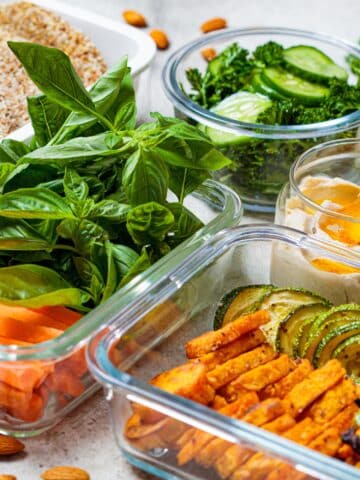

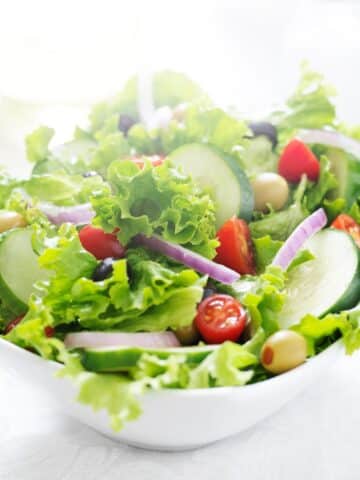
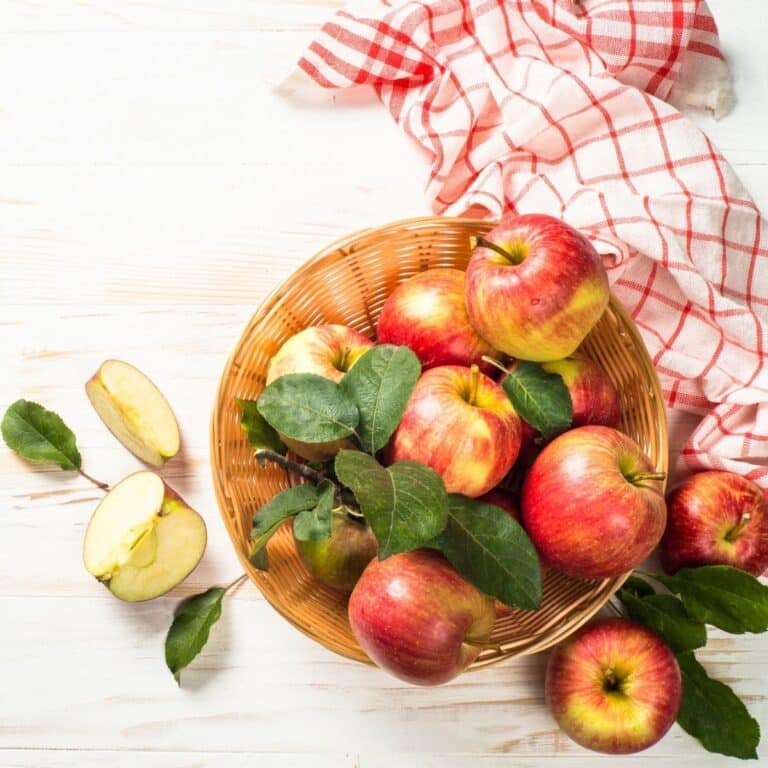
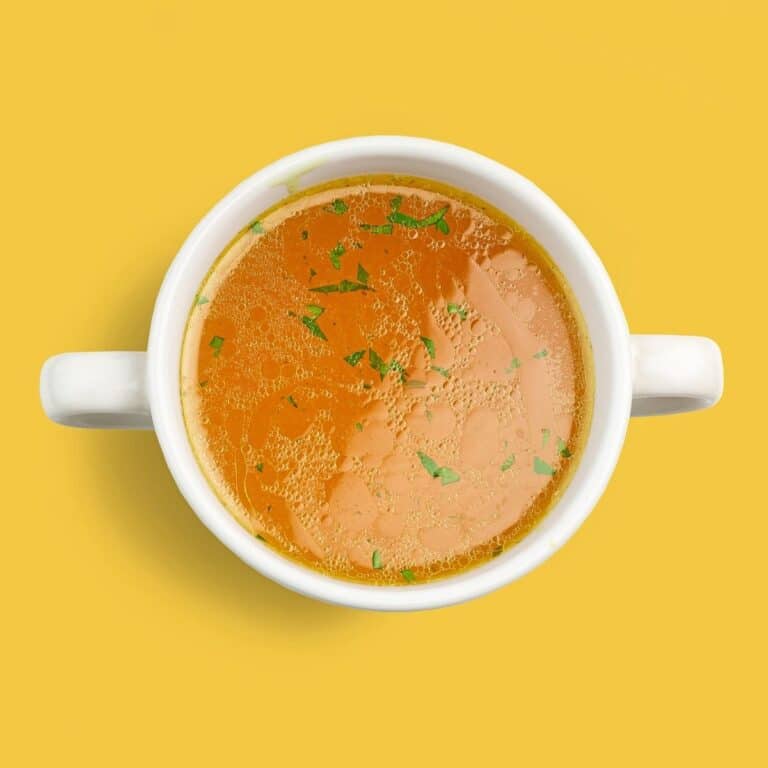
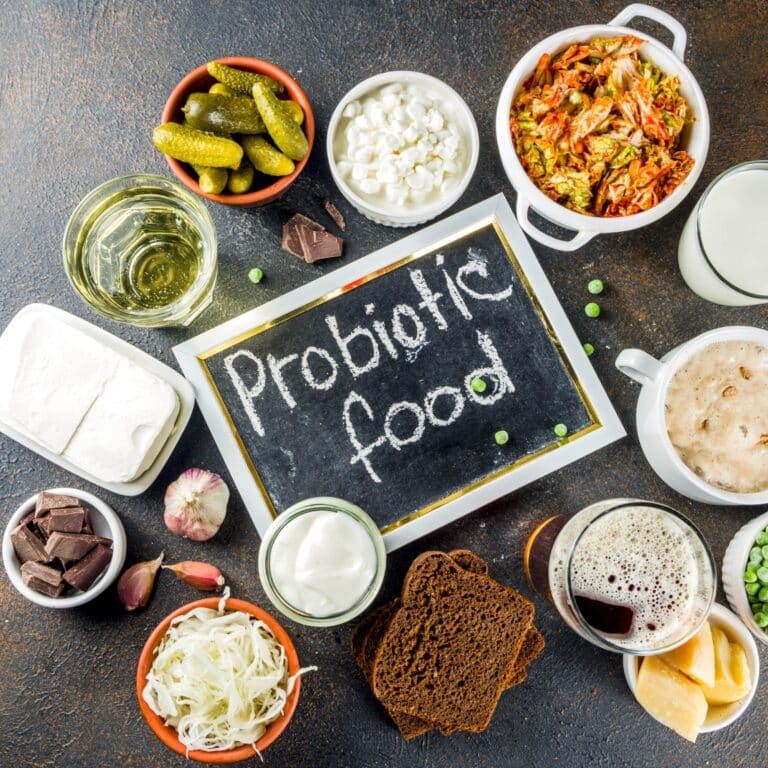
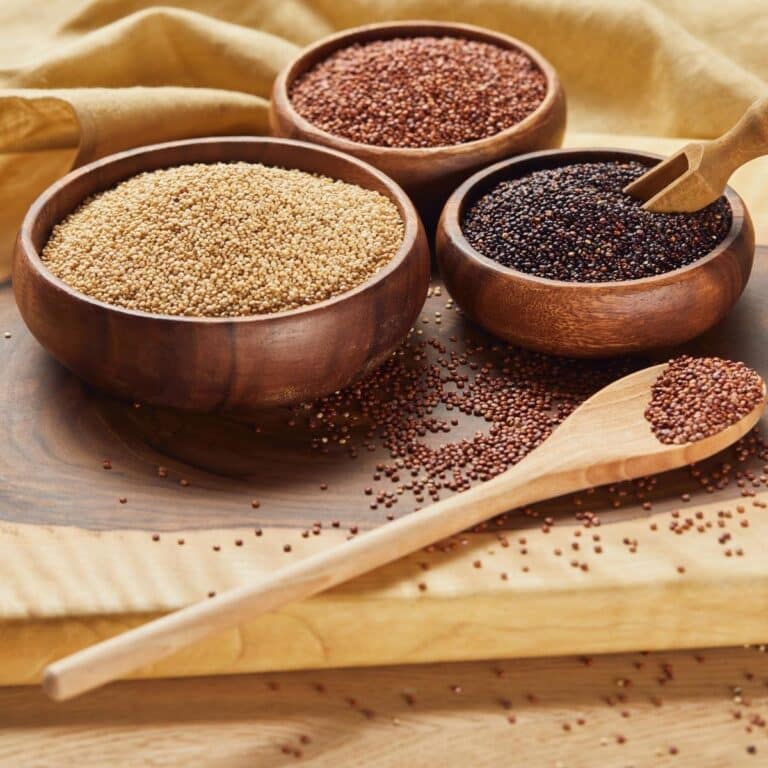
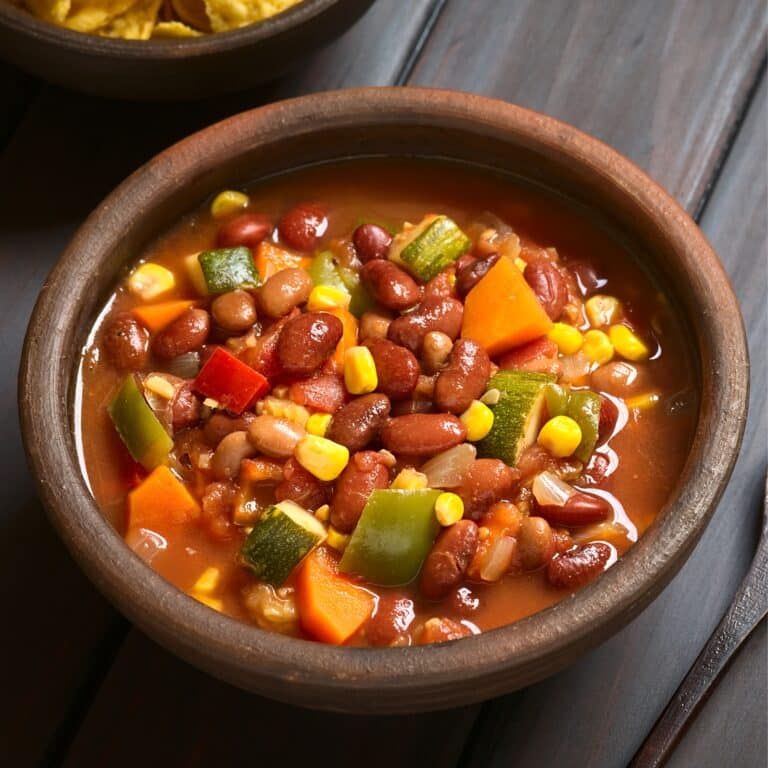
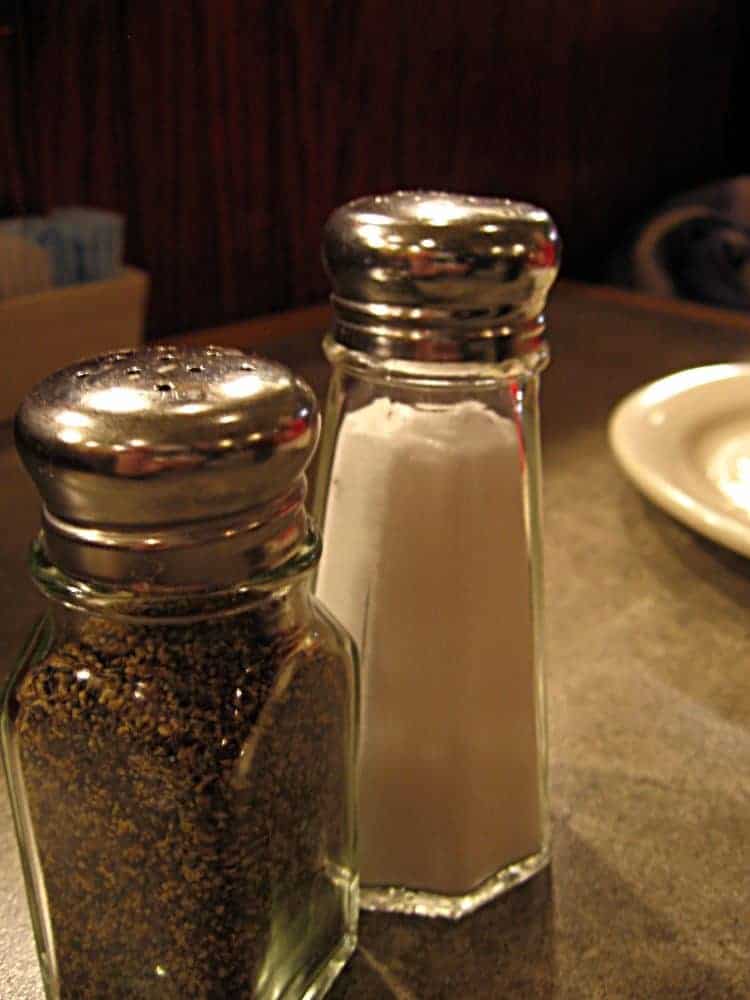
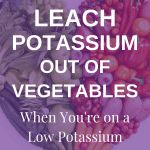
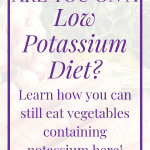
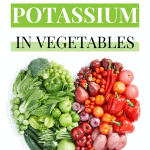
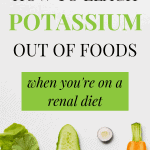

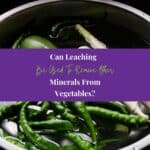



How much the potassium is reduced via leaching the vegetables? I'm doing it very frequently, but it would be good to know what will be the "end result" in miligrams.
It's not a definite thing that can be measured because it depends on a lot of things. I would expect that if you follow the directions given you could estimate about 1/2 of the potassium is leached.
So for a cup of potatoes that I've leached every 2-4 hours, say, once then repeat how MUCH lower would the content be after two leachings? Same question for carrots and cauliflower.
I'd like to know the original content per cup AND the FINAL CONTENT per cup after two leachings of 2-4 hours each time.
Thanks, Kate
It's not an exact science as it matters how long, and other things. But you can estimate about 1/2 of the potassium if you follow the directions given.